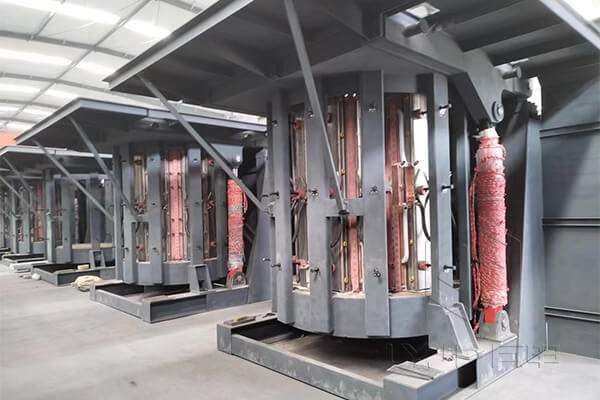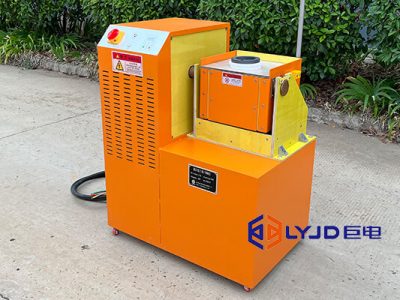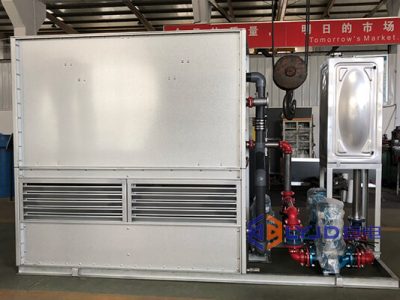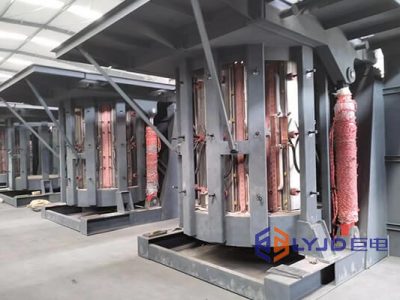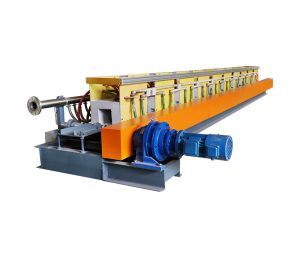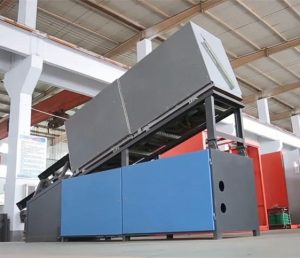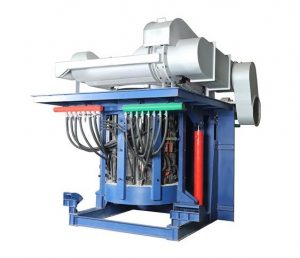A steel smelting furnace is a piece of equipment specially used for refining steel. It usually consists of a large furnace made of refractory bricks or refractory concrete and is used to load raw materials such as smelted iron ore, coal, and coke. During the smelting process, the temperature and atmosphere in the furnace are precisely controlled to achieve effective oxidation-reduction reactions and ultimately obtain high-quality steel products.
According to different smelting processes and production needs, steel smelting furnaces can be divided into various types, such as blast furnaces, converters, electric furnaces, etc. These different types of smelting furnaces have different structures and characteristics and are suitable for different production scales and product types. For example, blast furnaces are typically used to produce pig iron and iron alloys, converters are used to produce steel and alloy steel, and electric furnaces are used to produce special steels and high-grade alloy steels.
Steel is an alloy composed of iron and carbon as well as other elements such as silicon, manganese, phosphorus, sulfur, etc. In the steel smelting process, raw materials such as iron ore, coal, and coke are loaded into the smelting furnace and then smelted at high temperatures. During the smelting process, iron and carbon react to form molten iron (liquid iron), releasing a large amount of heat. This process is a redox reaction, that is, the iron in iron ore is oxidized (combined with oxygen), while the carbon in coal and coke is reduced (combined with iron).
Now, let’s look at the different types of smelting furnaces and their characteristics.
Blast Furnace
A blast furnace is a large vertical smelting furnace commonly used to produce pig iron and ferroalloys. Blast furnaces can reach tens of meters in height and several meters in diameter. The temperature inside the blast furnace can reach as high as 1,600 degrees Celsius, and the pressure can reach several atmospheres. Under these conditions, iron ore and coke react to produce liquid molten iron. The advantages of blast furnaces are large production scale and high efficiency, but the disadvantages are high energy consumption and large pollutant emissions.
Converter
A converter is a horizontal smelting furnace used primarily for the production of steel and alloy steel. The furnace of the converter is oblong in shape, with a length of up to tens of meters and a diameter of several meters. In the converter, liquid molten iron is injected into the furnace, and oxygen is blown in at the same time, causing the molten iron and oxygen to react, oxidizing the carbon and other impurities in the molten iron to produce molten steel. The advantages of the converter are high production efficiency and low energy consumption, but the disadvantage is large pollutant emissions.
Electric furnace
An electric furnace is an electrically heated smelting furnace mainly used for the production of special steel and high-grade alloy steel. Electric stoves come in many shapes and sizes but usually have a cylindrical furnace. In the electric furnace, raw materials are loaded into the melting electrode. After energization, the electrode generates heat energy to melt the raw materials and produce molten steel. The advantages of electric furnaces are high energy utilization and low pollutant emissions, but the disadvantages are smaller production scales and higher costs.
Induction Furnace
An induction steel melting furnace is an electric furnace that uses the induction electric heating effect of materials to heat or melt them. Its working principle is to generate a high-frequency electromagnetic field through an induction coil, causing the metal materials in the furnace to generate eddy currents, thereby generating heat. Induction furnaces have the advantages of fast heating speed, low energy consumption, and high thermal efficiency, and are suitable for producing high-quality steel.
Electron Beam Furnace
It is an electric furnace that uses high-speed electron beam energy for heating. Electron beam furnaces can convert electrical energy into high-energy electron beams, and these high-energy electron beams bombard the materials in the furnace to a melted or elevated state. The electron beam furnace has the advantages of fast heating speed, high temperature, and high thermal efficiency, but it also has the disadvantages of high equipment cost and difficult maintenance.
Others
In addition to the above three common smelting furnace types, there are other types of smelting furnaces such as open-hearth furnaces and reverberatory furnaces. Each of these different types of smelting furnaces has advantages and disadvantages and is suitable for different production needs and product types.
Finally
During the steel smelting process, in order to ensure production safety and environmental protection, steel companies have adopted a series of measures. For example, the use of efficient and energy-saving technologies can reduce energy consumption and pollutant emissions; waste recycling can reduce dependence on natural resources; the use of environmentally friendly equipment can reduce pollutant emissions, etc. At the same time, the government will also strengthen supervision of the steel smelting industry to ensure that it meets environmental protection standards and social responsibility requirements.
The steel smelting furnace is an indispensable and important equipment in steel production, and its development is closely related to the development of the steel industry. With the continuous advancement of technology and changing market demands, steel smelting furnaces will continue to innovate and develop, making greater contributions to the sustainable development of the steel industry.
























